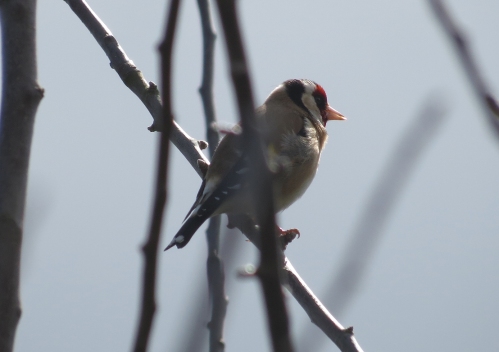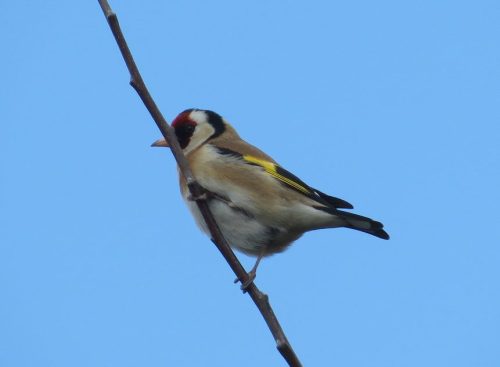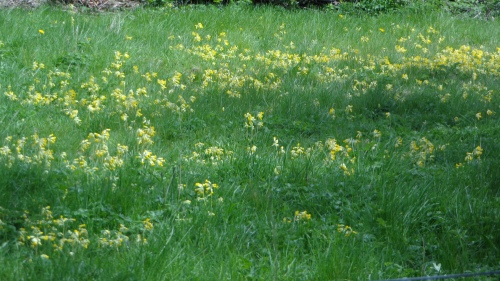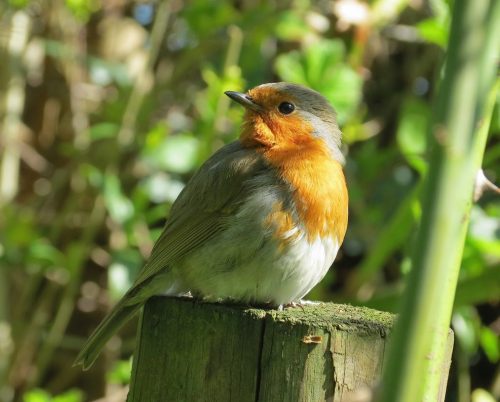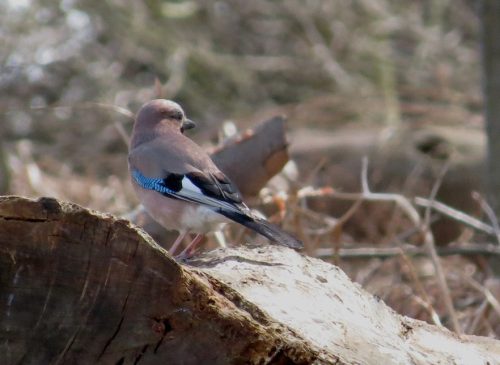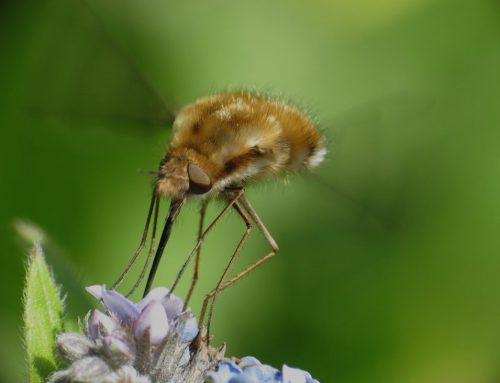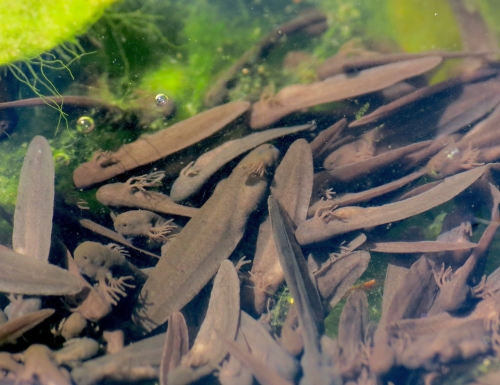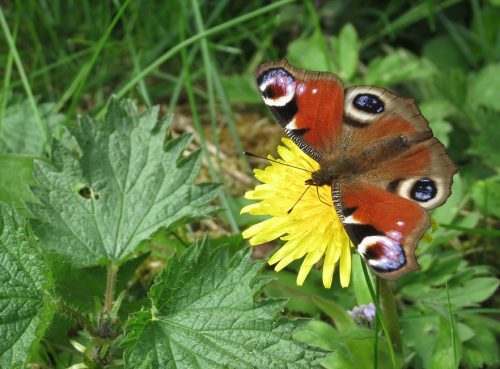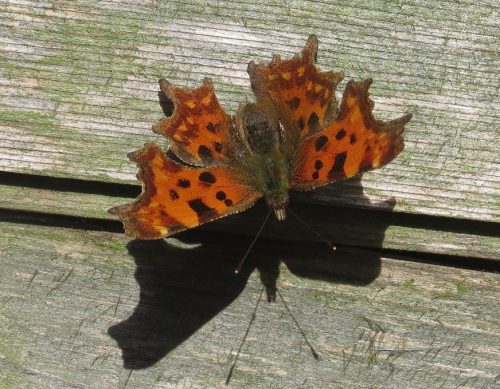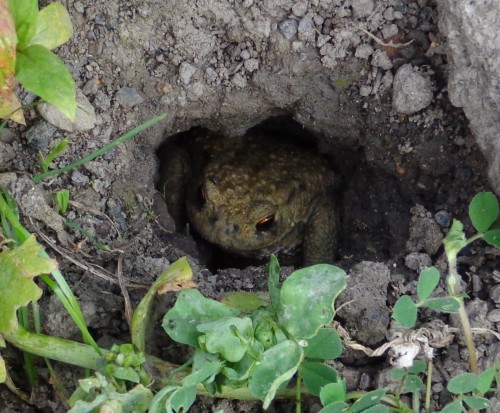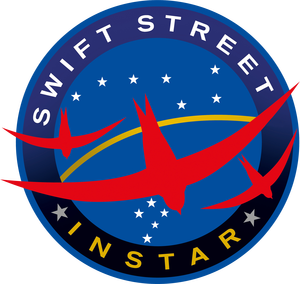
Last week I helped put some Swift nesting boxes on houses in Church Drive, Carrington….
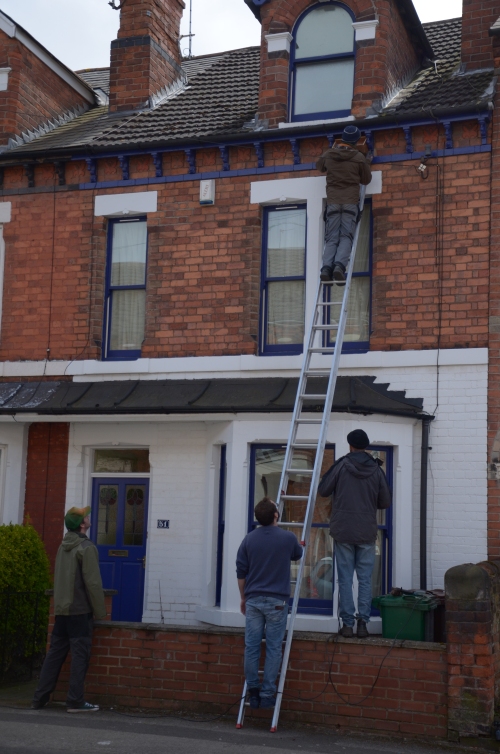
We put a number of specially-designed nesting boxes (like this) under the eaves of several houses on the north-facing side of Church Drive….
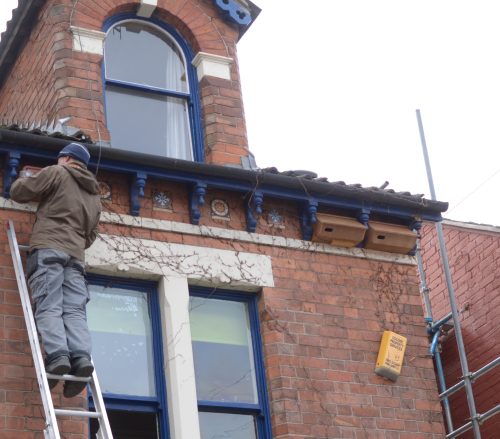
The boxes will hopefully encourage the birds to nest. Swifts (Apus apus) are remarkable birds; supreme fliers which spend most of their lives in the air. They migrate here from central and southern Africa to breed, arriving in late April-early May. They have declined in number in recent decades, and a loss of suitable nesting sites is an important factor in this decline. Nest boxes fixed under house eaves can help reverse this.
The next boxes in Church Street were fundraised and fixed as part of a local community project called Swift Street, which aims to inspire local people about nature while helping the Swifts. It’s a great example of a small-scale wildlife project in the city, and particularly valuable because it brings nature right into the daily lives of people where they live – people in Church Street are talking about Swifts and looking at the skies now!
One of the nest boxes was fitted with a webcam, which will allow people to watch these fascinating birds in close detail if the box becomes occupied…..
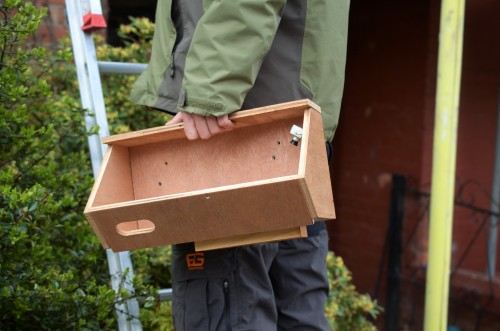
There is also a plan to play recordings of Swift calls from windows near the boxes, to encourage the birds to investigate the new nest boxes. Let’s hope the boxes prove successful.
Thanks to Trish from Instar for the photos.

